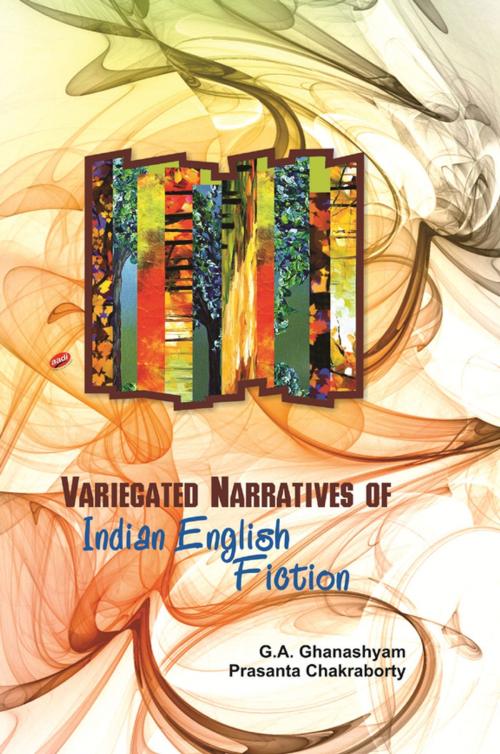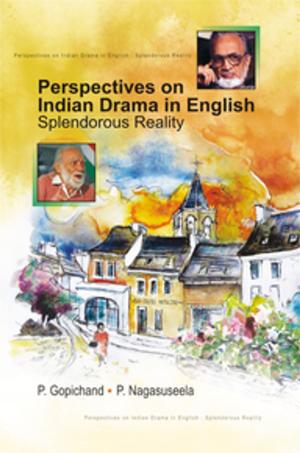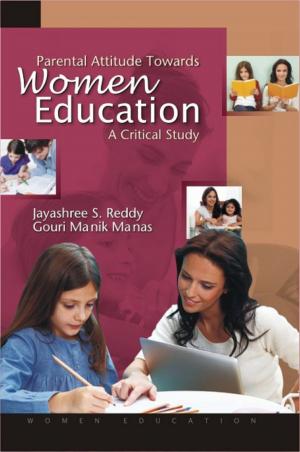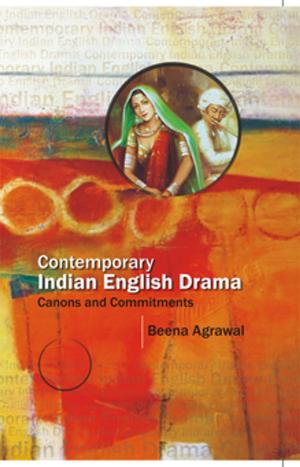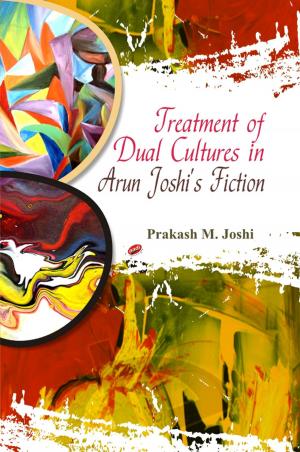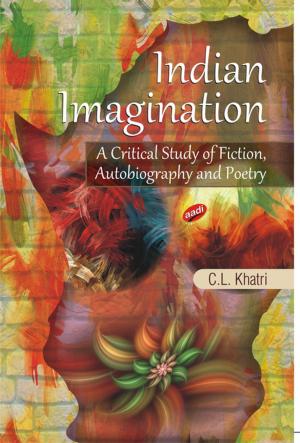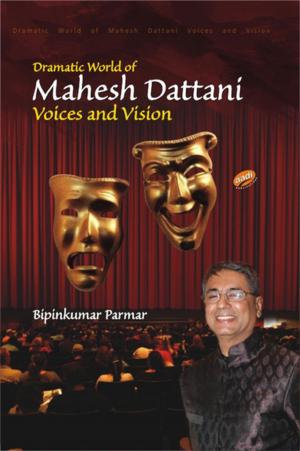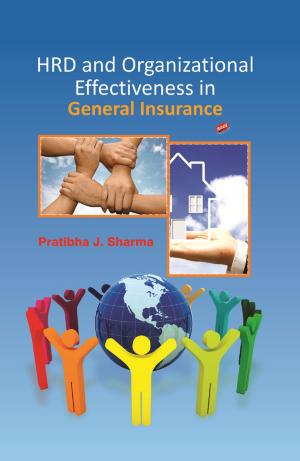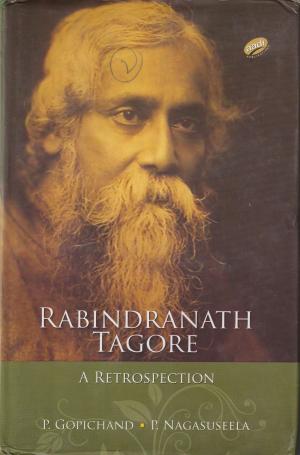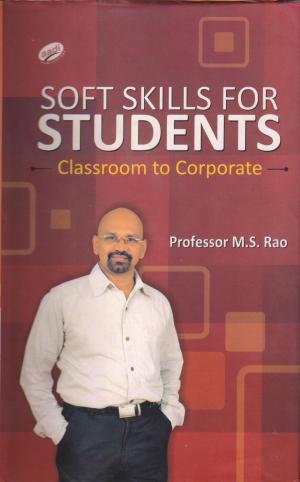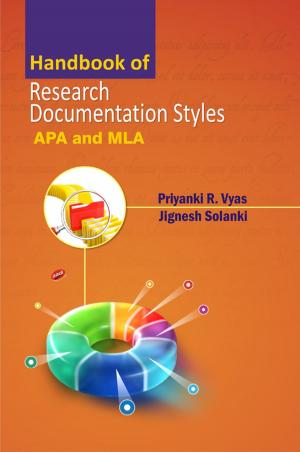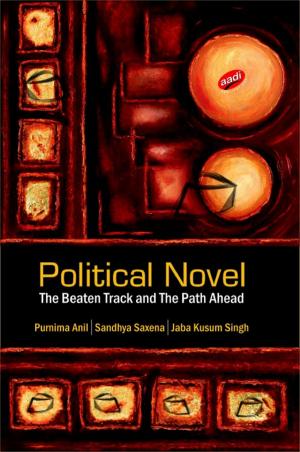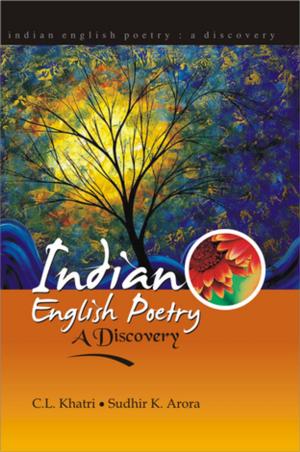Variegated Narratives of Indian English Fiction
Fiction & Literature, Literary Theory & Criticism, Asian, South & Southeast Asian| Author: | Prasanta Chakraborty, G. A. Ghanshyam | ISBN: | 9789385484636 |
| Publisher: | Aadi Publications | Publication: | June 30, 2014 |
| Imprint: | Aadi Publications | Language: | English |
| Author: | Prasanta Chakraborty, G. A. Ghanshyam |
| ISBN: | 9789385484636 |
| Publisher: | Aadi Publications |
| Publication: | June 30, 2014 |
| Imprint: | Aadi Publications |
| Language: | English |
Creative writing in English finds a steady growth in the post-colonial India and both its quantity and variety are so huge that literature in any other Indian language fails to compete with it. One of the reasons behind this is contribution to this variety by litterateurs from all the major linguistic communities of India as Indian English has been accepted across the country as their Link language. Obviously, this writing in English ensures a wider reading public not only within India but across the globe. The rapid growth is also because of the regular contribution made by the NRIs. Diasporic writings not only add to the bulk but also enhance the standard of Indian English writing. The West looks with awe and respect when Amitav Ghosh, Salman Rushdie, Gayatri Chakravorty Spivak, Homi K. Bhabha, Bharati Mukherjee, etc., come out with their innovative presentation-be it critical or creative literature. The pedagogy, politics and predicaments involved in the field of Diaspora are best illustrated in the works of these writers. The twenty-four articles in the volume encapsulate almost all the major areas of the Indian society and major women writers. The volume covers some contemporary diasporic writers, Dalit women authors, political novelists, writers from North East India and bestsellers. Thus this comprehensive volume incorporates different facets of Indian women's life, within the country and abroad, presented mostly by women scholars from different parts of India.
Creative writing in English finds a steady growth in the post-colonial India and both its quantity and variety are so huge that literature in any other Indian language fails to compete with it. One of the reasons behind this is contribution to this variety by litterateurs from all the major linguistic communities of India as Indian English has been accepted across the country as their Link language. Obviously, this writing in English ensures a wider reading public not only within India but across the globe. The rapid growth is also because of the regular contribution made by the NRIs. Diasporic writings not only add to the bulk but also enhance the standard of Indian English writing. The West looks with awe and respect when Amitav Ghosh, Salman Rushdie, Gayatri Chakravorty Spivak, Homi K. Bhabha, Bharati Mukherjee, etc., come out with their innovative presentation-be it critical or creative literature. The pedagogy, politics and predicaments involved in the field of Diaspora are best illustrated in the works of these writers. The twenty-four articles in the volume encapsulate almost all the major areas of the Indian society and major women writers. The volume covers some contemporary diasporic writers, Dalit women authors, political novelists, writers from North East India and bestsellers. Thus this comprehensive volume incorporates different facets of Indian women's life, within the country and abroad, presented mostly by women scholars from different parts of India.
